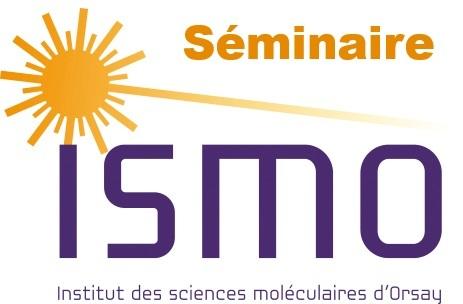
Microscopes and Computers vs. Viruses, par Romain Laine
Microscopes and Computers vs. Viruses
Romain F. Laine
MRC-LMCB, University College London & The Francis Crick Institute, London, UK
Super-resolution fluorescence microscopy provides two major advantages: enabling the study of molecular assemblies in-situ at the nanoscale and allowing live-cell imaging at unprecedented resolution. However, the true power of the approach lies when combined with quantitative data analysis, therefore bridging imaging and understanding. My research consists in developing new imaging and image analysis technologies to enable unprecedented knowledge about molecular assemblies in-situ. In particular, I apply these methodologies to ask the following questions: how are viruses assembled ? and how does this help them infecting cells ?
First, I will show how single-molecule fluorescence imaging can be combined with quantitative structural analysis to enable the nanoscale understanding of viral protein assembly at near Ångström precision within the HSV-1 virion. This approach informs on potential structural and functional role of a number of proteins in the virus. The method can be generalized to heterogenous virus populations by exploiting state-of-the-art machine learning methods and has potentials in biotechnology assay developments, such as vaccines and oncolytic viriotherapy drugs.
Second, I will present our recent microscopy developments which enable novel live-cell super-resolution imaging in 2D and 3D at near video-rate. This method provides whole volume imaging compatible with long-term imaging for the study of viral replication.
Finally, I will discuss how state-of-the-art Artificial Intelligence opens up new possibilities for long-term and rich functional imaging of living systems by allowing new compromises in how our microscopy images are acquired and understood.
Bâtiment 520 - rue André Rivière - OrsayMicroscopes and Computers vs. Viruses
Romain F. Laine
MRC-LMCB, University College London & The Francis Crick Institute, London, UK
Super-resolution fluorescence microscopy provides two major advantages: enabling the study of molecular assemblies in-situ at the nanoscale and allowing live-cell imaging at unprecedented resolution. However, the true power of the approach lies when combined with quantitative data analysis, therefore bridging imaging and understanding. My research consists in developing new imaging and image analysis technologies to enable unprecedented knowledge about molecular assemblies in-situ. In particular, I apply these methodologies to ask the following questions: how are viruses assembled ? and how does this help them infecting cells ?
First, I will show how single-molecule fluorescence imaging can be combined with quantitative structural analysis to enable the nanoscale understanding of viral protein assembly at near Ångström precision within the HSV-1 virion. This approach informs on potential structural and functional role of a number of proteins in the virus. The method can be generalized to heterogenous virus populations by exploiting state-of-the-art machine learning methods and has potentials in biotechnology assay developments, such as vaccines and oncolytic viriotherapy drugs.
Second, I will present our recent microscopy developments which enable novel live-cell super-resolution imaging in 2D and 3D at near video-rate. This method provides whole volume imaging compatible with long-term imaging for the study of viral replication.
Finally, I will discuss how state-of-the-art Artificial Intelligence opens up new possibilities for long-term and rich functional imaging of living systems by allowing new compromises in how our microscopy images are acquired and understood.
